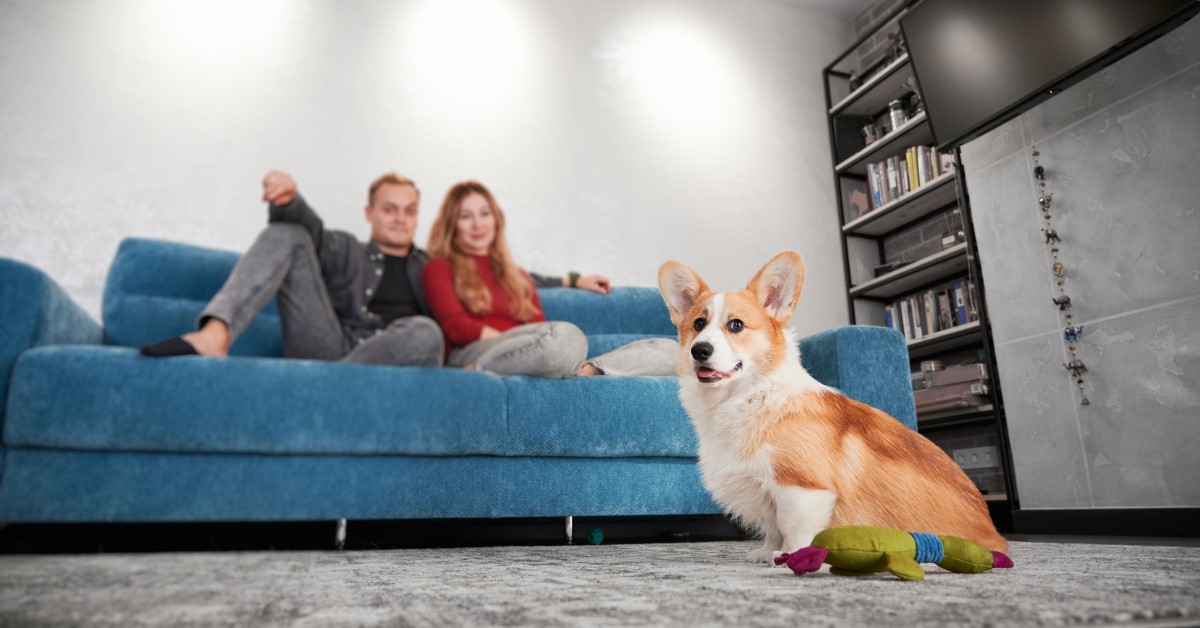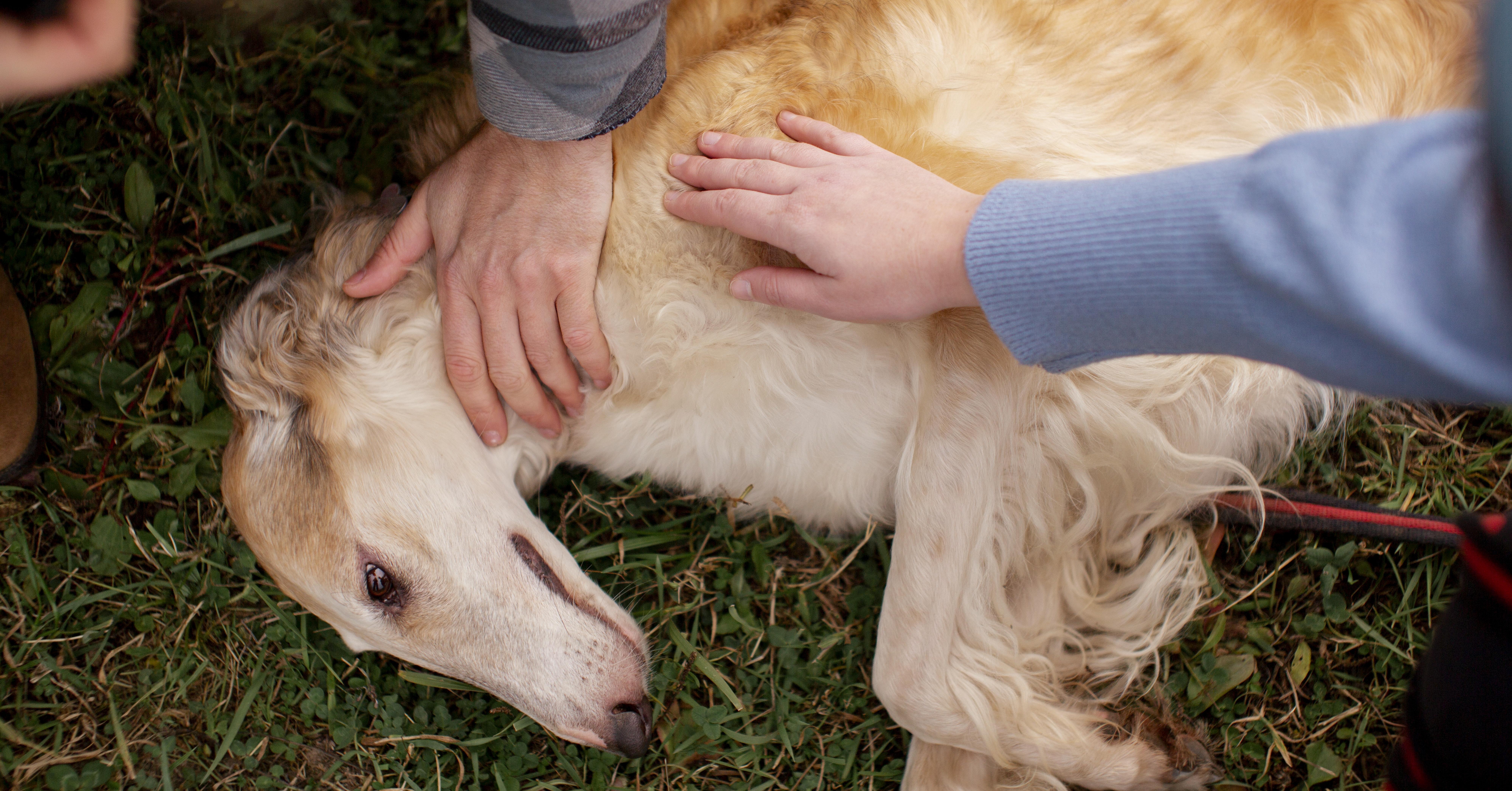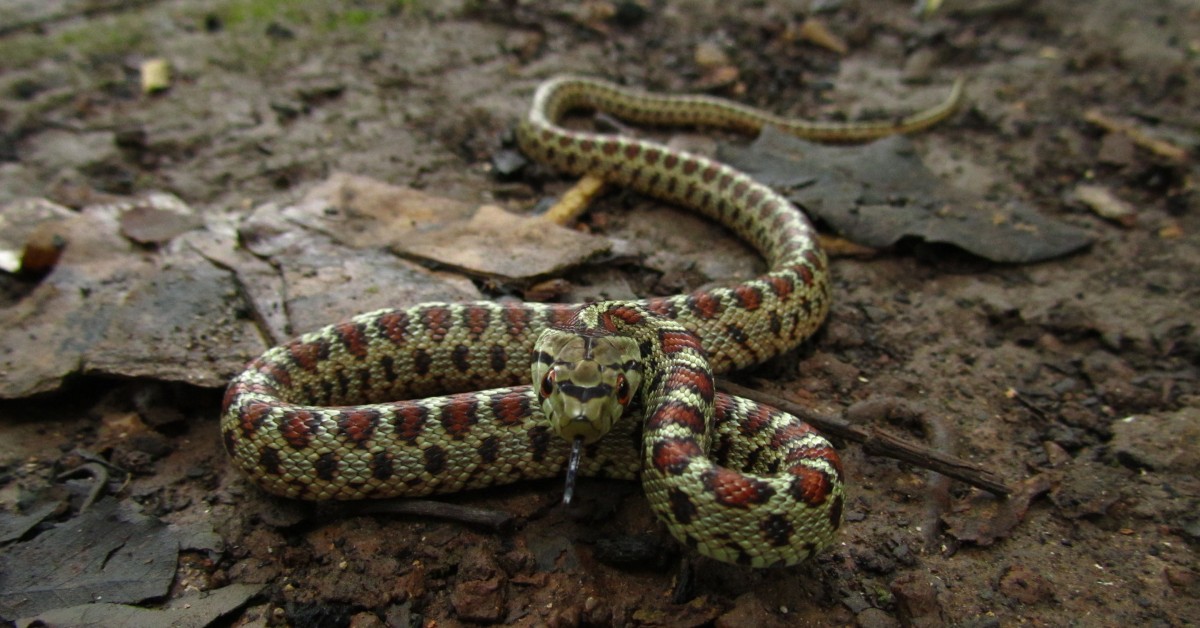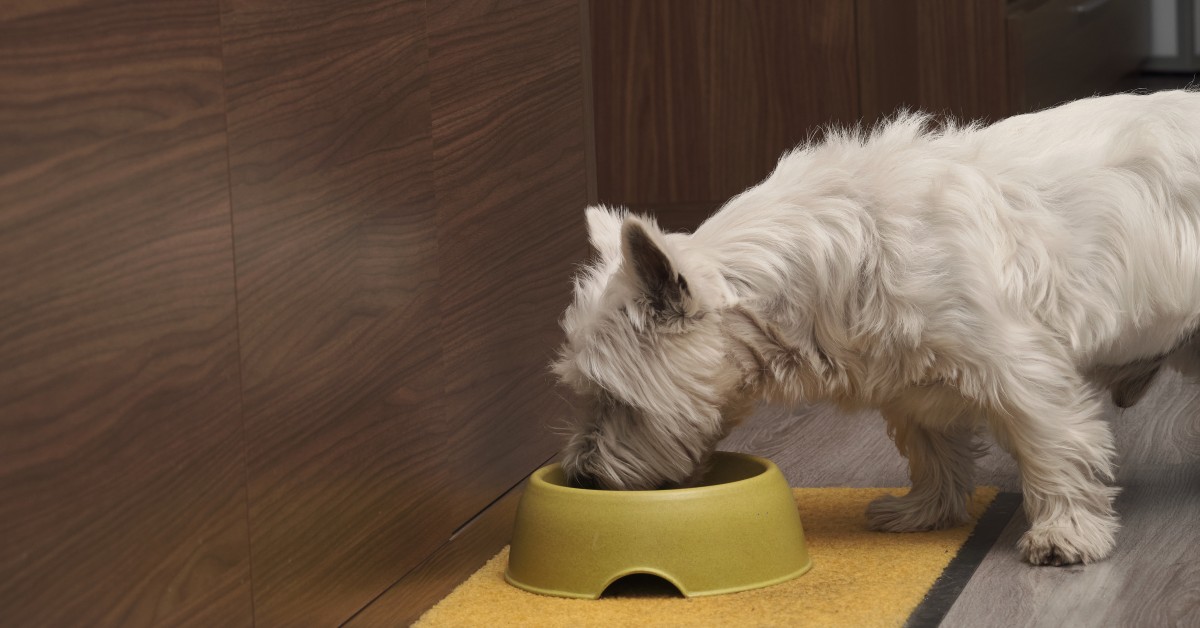What Is the Heat Cycle of a Dog?
Most unspayed female dogs will experience a heat cycle about twice a year, although intervals can vary based on breed and other factors.

If you have an unspayed female dog, she’ll likely go through periodic heat cycles. When a dog is “in heat,” it means that she is releasing mating hormones and is receptive to mating with a male dog. Most female dogs will go into heat for the first time around six months of age and will continue to experience heat cycles throughout the rest of her life, approximately every six months. Each heat cycle lasts approximately two to four weeks.
What Is the Dog Heat Cycle?
The dog heat cycle, also referred to as the estrus cycle, occurs in four main stages. These include:
- Proestrus Stage – The first stage of the dog heat cycle typically begins with the swelling of the vulva and lasts between three and 17 days. During this stage, the female dog is usually resistant to male company.
- Estrus Stage – During the second stage, a female dog is most fertile as the ovaries release eggs for fertilization. Dogs are more willing to mate with a male at this stage and may raise her rear toward male dogs. This stage generally lasts between 3 and 17 days.
- Diestrus Stage – The third stage of the dog heat cycle is the end stage. If the female dog was impregnated during her heat cycle, this stage will last until her puppies are born, or approximately 60 days.
- Anestrus Stage – The final stage of the heat cycle is the longest, lasting between 100 and 150 days. The anestrus stage is known as the resting stage and occurs between periods of heat. Once this stage is over, the female dog’s heat cycle will begin again.
What are Some Signs and Behaviors of a Dog in Heat?
If you believe that your female dog may be going into heat, look for some common signs and behaviors of a hormone shift. These could include:
- Frequent urination or making behavior
- Bleeding or release of blood-tinged discharge
- Redness and swelling of the vulva
- Nervous or fidgety behavior
- More friendliness to you and other dogs
- Humping or mounting behavior
- May seek out the company of male dogs
What Should I Do If My Dog Is in Heat?
If your dog is in heat, know that she may be feeling extra hormonal and may need more of your attention than usual. It’s important to provide plenty of love and give her more attention than usual to help keep her distracted and minimize her anxiety. Give her a few extra treats, schedule more play time, and give her plenty of pets and attention.
You may be worried about blood dripping around your home during her heat cycle. Consider limiting her access to different parts of the home to minimize the mess. Alternatively, you can invest in doggie diapers that help keep the mess contained. It is important to remember that doggie diapers cannot prevent pregnancy.
How Do I Avoid Pregnancy in My Unspayed Dog?
One of the biggest worries that dog owners of unspayed female dogs have is pregnancy. If you don’t want your dog to get pregnant, keep her away from unneutered male dogs during her heat cycle. If you plan to walk your dog during her heat cycle, keep her on a short leash and away from areas where there are loose dogs, such as the dog park.
If you have unneutered male dogs in your home, you may need to keep them separated during her heat cycle. Even just a few moments of unsupervised play can result in an unwanted pregnancy and puppies.
How Can I Stop My Dog from Going into Heat?
If you don’t plan on breeding your dog and want to avoid the unwanted symptoms that come with a heat cycle, it’s best to have your dog spayed as soon as possible. Dogs can be spayed as early as six months of age, meaning most dogs can be spayed even before their first heat cycle begins.
Two main types of spay procedures are performed on female dogs: ovariectomy (OVE) and ovariohysterectomy (OVH). With an ovariectomy, only the ovaries are removed and the uterus is left intact. With an ovariohysterectomy, both ovaries and the uterus are removed.
Many experts believe that OVH better protects dogs from a variety of reproductive diseases, such as cancer and pyometra. In addition, leaving the uterine intact increases a dog’s risk of developing uterine tumors.
What Can Cause Interruptions in a Dog’s Heat Cycle?
Female dogs can experience many abnormalities in their heat cycle, such as an absent heat in which the dog does not come into heat, a silent heat in which a dog can get pregnant and is receptive but does not show heat signs, and a split heat when the cycle begins, but then stops before the second phase starts. Some dogs will also have prolonged heat in which they stay in heat for more than 21 days.
If your dog is showing signs of an abnormal heat cycle, speak with your vet. Abnormal heat cycles can sometimes lead to infertility in dogs. In addition, when a dog goes into heat but pregnancy does not occur, the uterine lining begins to thicken and your pet’s risk of developing cysts increases.
Ready to start saving money on pet wellness care?
Then take a look at Mint Wellness, the pet wellness plan that provides fast reimbursement on routine pet care. Save on vaccinations, wellness exams, preventatives, dental, and more!
Learn More


